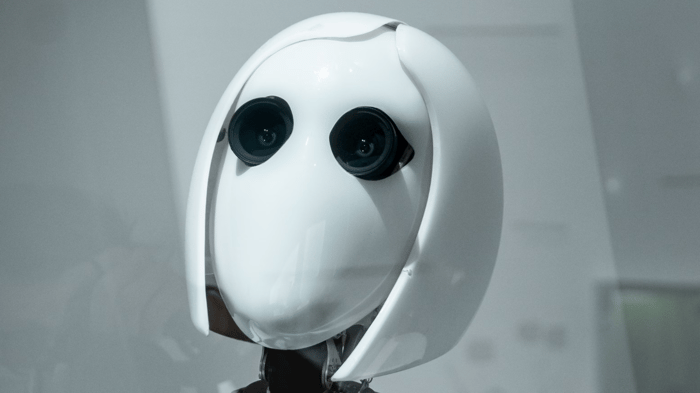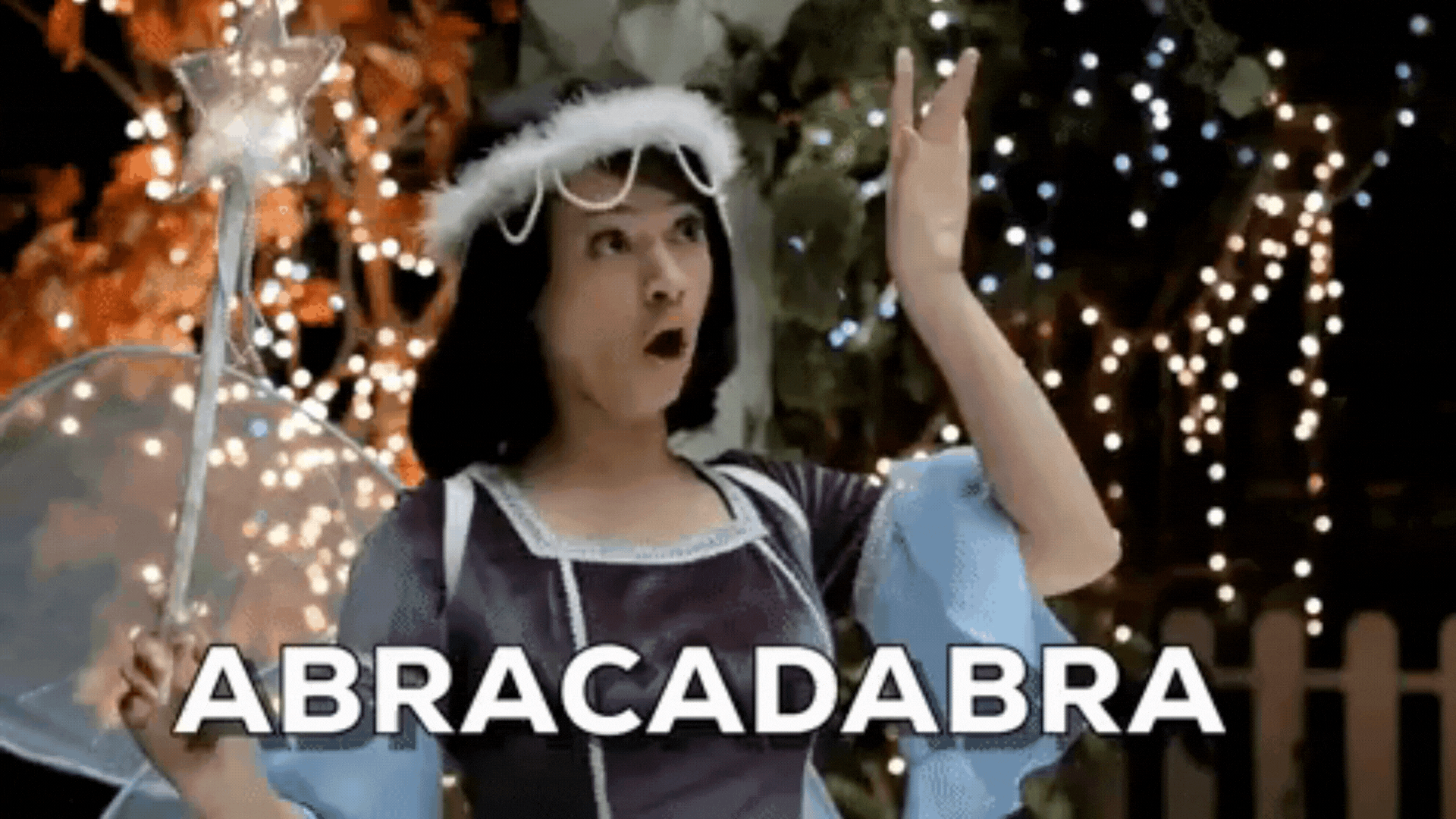
As someone who’s immersed in the world of marketing and practically has an iPhone glued to her wrist, I'm always on the lookout for ways to work more efficiently, consistently and creatively. (I’m not exactly proud of the iPhone addiction, btw). But eight years ago, if you’d asked whether I’d ever use “artificial intelligence” (AI) to get things done at work, I probably would’ve laughed in your face.
For context, I had just graduated with a degree in journalism, and not only was my original writing a huge part of my identity (read: ego), but using AI would have been wildly unethical in that context. However, as fate would have it, the skills I gained and sharpened in my journalism degree ultimately led me back to what I do best: marketing.
Fast forward to March 2023. After leaving the corporate marketing world for the freedom and flexibility of working for myself, I finally decided to give AI a try. Ironically, my first experiment wasn’t even work-related, but once I saw just how powerful an AI robot’s writing skills can be, I was hooked (RIP journalism degree! JK.)
Plus, last March, not only was it mentioned in practically every other news headline, but I also learned that spending an hour agonizing over every word of an important email or crafting the perfect email subject line is really not conducive to making a living. (Who knew?!)
The good news? I’ve spent the past year using the popular AI tool “ChatGPT” in my day-to-day work as a digital marketing consultant, and it’s been incredibly helpful for me —a team of one— in my work with nonprofit choirs and arts organizations.
The even better news? I know for a fact that AI tools can help you in your day-to-day work, too. And I’m here to show you how.
But first, let’s make sure we’re all on the same page.
What exactly is AI? According to HubSpot, "Artificial intelligence is the use of computer systems to perform tasks that typically require human intelligence, such as visual perception, speech, translation, decision-making, and problem-solving."
Think of AI as giving computers super-smart brains. Beyond simply following instructions—“print this” and “spellcheck that”—these powerful ‘brains’ can recognize patterns, learn from experience, and make decisions and predictions. (Kind of creepy, but I’m here for it.)
Now back to the fun. If you’ve made it this far, you’re obviously wondering, “What can AI do for me?” And the best way for me to answer that is to share how I use the AI tool ChatGPT in my work as a digital marketing consultant.
“But that’s not my job! I’m a nonprofit administrator.” True, but as it turns out, whether you’re streamlining operations, drafting emails or creating social media content — the roles of freelance marketers and nonprofit professionals aren’t all that different.
Here are four ways I use ChatGPT to make my job easier (and how you can too):
1. Break free from analysis paralysis
Ever found yourself stuck in a cycle of overthinking every little decision for your next [insert looming task here]? Welcome to analysis paralysis. It's like knowing where you want to go, but not knowing how to get there. You've got a vague idea of the steps you should take, but when it comes to jotting them down, you hit a wall. Sometimes you just need some help connecting the dots on where you want to go. And this is something that I’ve found ChatGPT does very well. Think of it as a personal assistant that helps you break free from the endless loop of indecision by crafting a clear, step-by-step action plan.
2. Collaborate with a virtual brainstorming buddy
I love a good brainstorming session! Give me a whiteboard, some markers and a prompt and I’m happy as a pig in mud, especially when I have colleagues to collaborate with. Now that I work for myself, I don’t have a built-in team, but I do have ChatGPT. No, an AI tool is never going to replace the excitement and energy of collaborating with actual humans, but it is a great tool for solo brainstorming sessions. It's not just about generating random ideas; it's about inputting the specific feelings, emotions, and objectives you want your campaign to convey and letting the robot do the rest. By describing what your organization stands for and the message you want to communicate, ChatGPT can provide a myriad of ideas that align with your choir's mission. These suggestions can then serve as a 'jumping off point' or, if one really resonates, heck, why not just run with it.

3. Effortlessly write marketing (or other important) emails
You’ve put in all the hard work of planning your upcoming season or fundraising campaign, but you dread the idea of having to convert all that info into a bunch of emails. You wish the emails would write themselves. (You know where I’m going with this, right?)
One of the most powerful uses for ChatGPT is to write just about anything. But in a professional setting, you can save some serious time by using ChatGPT to help write emails. Whether it’s an email for marketing, fundraising, donor engagement, requesting quotes — you name it. It will even include subject lines, preheader text, engaging calls-to-action or ‘stick to a strict 241 word count’ if that’s what you want. Your wish is ChatGPT’s command. Seriously, it’s like magic.
While I certainly am not advocating using ChatGPT for EVERY email, weaving in some AI-scribed communications can help keep things fresh, engaging, and effective—even on days when my creativity decided to hit snooze. It's kind of like having a muse on demand, helping you keep emails fresh and on point, no matter how you’re feeling.
BUT — and this one’s a biggie — it’s crucial to evaluate (and if appropriate, fact-check) any AI-generated content to make sure it actually reflects the voice of your organization.
While it can be alluring to assume AI knows best, it doesn’t intuitively “know” how to write in the style of your organization. One way to set AI up for success is to include a description of your organization’s voice in the original request (a.k.a. “prompt” or “input”).
You could even copy and paste a past example of writing that you feel best reflects your organization’s voice and ask the AI tool to write in a similar style. There are numerous ways to improve your AI prompts to generate you’re desired output. (Side note: If you’re interested in learning more about how to do this, let me know in the comments, and I’ll consider it for a future blog post!)
In summary, maintaining a consistent organizational “voice” is important for maintaining trust and rapport with your audience. They’re smart and intuitive people, so if they start receiving emails sprinkled with emojis from your executive director, who’s normally pretty reserved, they’re going to know something’s up.
4. Create community-centered and culturally sensitive content
Black History Month, National Mariachi Day, World Music Day — there are zillions of social media holidays and observance days that give nonprofit arts organizations an opportunity to engage with their audiences. And because these organizations play a critical role in enriching diverse communities, it’s incredibly important to be intentional about which holidays you choose.
Aligning with holidays that reflect your organization’s mission and ethos can help foster a sense of community with your audience and increase engagement. It’s a win-win.
So, where does AI come in? Personally, I’ve found ChatGPT to be extremely helpful in streamlining the process of finding relevant, and often niche, holidays. I used to use Google, but I would inevitably wind down a rabbit hole. But with ChatGPT, I can share a summary about my organization (what we do, our mission, our goals) and then let ChatGPT do the rest… well, almost.
As nonprofit arts organizations serving beautifully diverse audiences, it’s vital to examine ChatGPT’s output in this case, being mindful of cultural significance, historical context, and the potential impact on your audience. As you’d do with any artistic programming, it’s essential to maintain sensitivity and awareness.
A good way to ensure this is to have your team review the content before it goes live. While AI is great for helping with drafts and ideas, the final review and sensitivity check always need to be done by a human (sorry, you’re not completely off the hook, yet). This is the best way to ensure what we’re sharing is authentic and appropriate.
There’s no denying that ChatGPT has proven to be an invaluable tool in my journey from a skeptical journalist to a seasoned digital marketing consultant. From simplifying processes to inspiring new ways to connect with audiences, it’s a seriously robust tool that can help anyone in their role in a nonprofit arts organization.
Now, I’m curious… How have you used AI like ChatGPT in your professional toolkit? I'd love to read about your experiences, so please share in the comments below!

Lauren is a digital marketing consultant who helps choral organizations tell their stories with depth, sincerity, and impact. With a background in journalism and a passion for performing arts, Lauren brings a documentary-style approach to content, crafting compelling narratives that go beyond promotion to build lasting connections. She has worked with Grammy-winning groups like the Phoenix Chorale and Tonality, where she led social media and marketing efforts during their 2024 Grammy win. She also led branding, website, social and marketing for Helios: A Modern Renaissance. As a former vocal performance major, Lauren has had the opportunity to perform with several choral ensembles in Arizona, and when she’s not serenading her two cats, Lauren can be found supporting the arts, eating tacos, and visiting her family back home in Australia.

